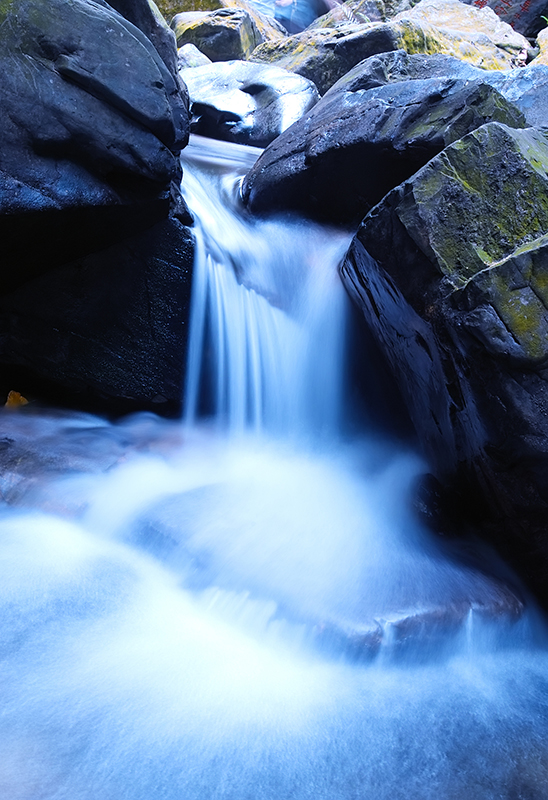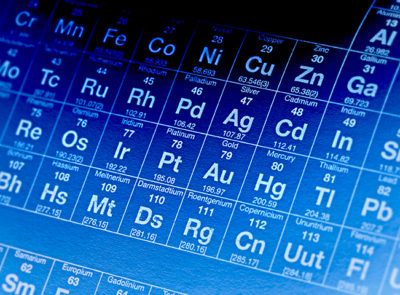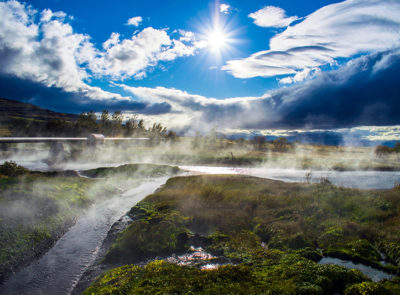Section 316(a)
 The Clean Water Act’s NPDES permit program allows facilities to discharge pollutants, such as those found in stormwater or wastewater, into U.S. waters—only if they meet a series of stringent requirements. Among them: a water discharge temperature threshold.
The Clean Water Act’s NPDES permit program allows facilities to discharge pollutants, such as those found in stormwater or wastewater, into U.S. waters—only if they meet a series of stringent requirements. Among them: a water discharge temperature threshold.
For some facilities, however, meeting that requirement is not feasible. In fact, more than 90 percent of industrial wastewaters are elevated in temperature due to the need to cool industrial processes that utilize heat. Section 316(a) of the Clean Water Act addresses this by allowing businesses to request a variance from the imposed temperature standard. To qualify, they must assure the protection of the natural habitat and aquatic organisms living in those waters—a difficult, detailed and lengthy process.
At UEG, we do all that for you, so you can focus on running your operations. We will:
- Prepare the variance application
- Provide conceptual engineering for alternative temperature control impacts
- Evaluate biological impacts, including the identification of fish and organisms living in those waters and their temperature thresholds
- Gather data and conduct studies and experiments to confirm temperature thresholds
- Negotiate terms of the final temperature standards with regulatory authorities
- Provide ongoing support to ensure compliance with the new temperature limitations during the term of the permit
Section 316(b)
 Specifically, those facilities are required to submit detailed information on the design and operation of their intake structures to ensure the best technology and practices are being used to minimize adverse environmental impacts. Not only is this process involved and complex, but it requires specialized knowledge in environmental engineering and associated regulations.
Specifically, those facilities are required to submit detailed information on the design and operation of their intake structures to ensure the best technology and practices are being used to minimize adverse environmental impacts. Not only is this process involved and complex, but it requires specialized knowledge in environmental engineering and associated regulations.
More than 90 percent of industrial facilities utilize water for cooling, which comes from natural bodies of water. Since pulling water for cooling can adversely affect aquatic wildlife, facilities that withdraw at least 2M gallons per day and use at least 25 percent of that water for cooling must meet certain requirements under section 316(b) of the Clean Water Act.
Backed by 30 years of specialized environmental engineering expertise, the UEG team of experts will:
- Review your plant’s operations and recommend operational changes or engineering redesigns that ensure compliance with the act
- Compile and submit required information, including detailed designs and diagrams of your intake operation and physical location, construction, characteristics of the water body and which fish are affected
- Conduct field tests and water assessments
- Interact with regulatory authorities throughout the process
- Implement solutions
- Provide ongoing compliance support during the NPDES permit term



